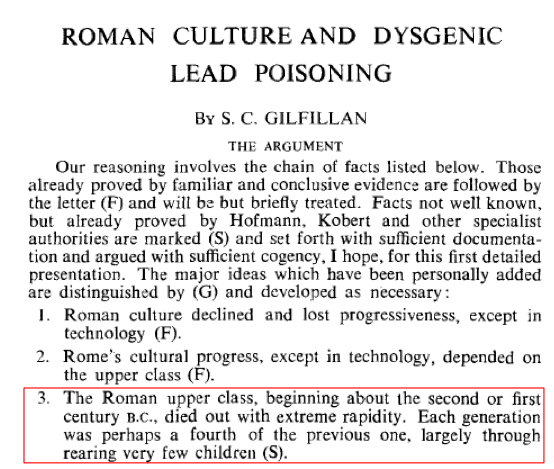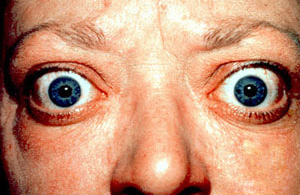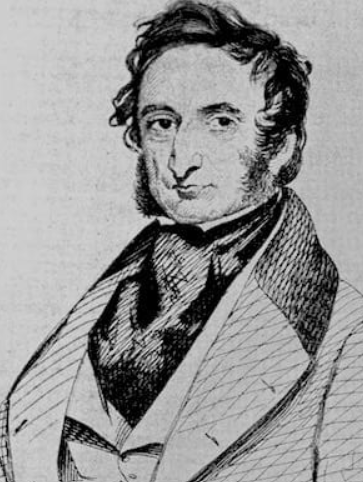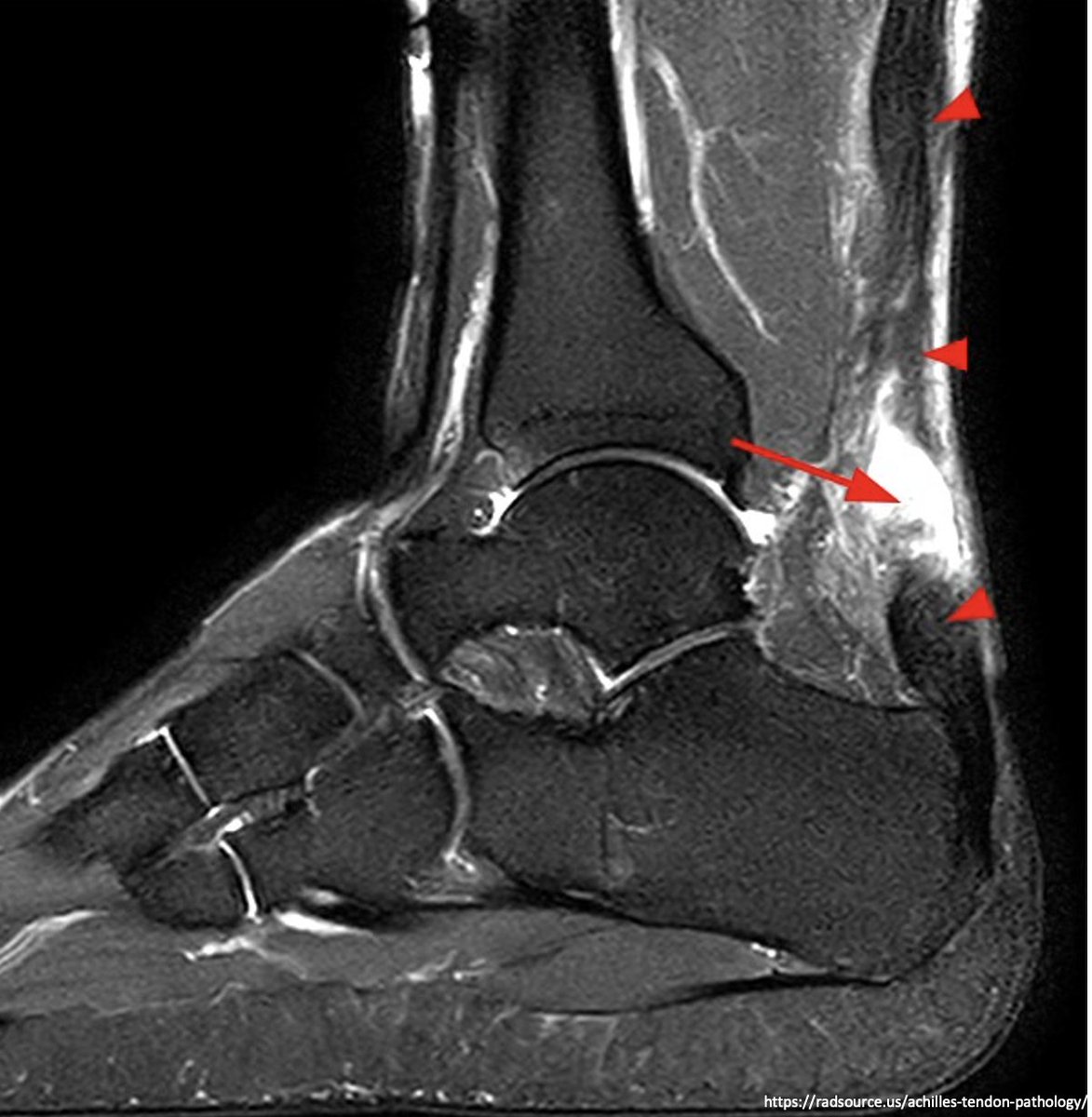1/
Were ancient Romans chronically lead poisoned and did this contribute to the decline of ancient Rome?
This #medhistory #tweetorial explores these questions as well as the pathophysiology of Saturnine gout!
CC: @tony_breu @AdamRodmanMD @virenkaul @ETSshow @DrStevenTChen
Were ancient Romans chronically lead poisoned and did this contribute to the decline of ancient Rome?
This #medhistory #tweetorial explores these questions as well as the pathophysiology of Saturnine gout!
CC: @tony_breu @AdamRodmanMD @virenkaul @ETSshow @DrStevenTChen

2/
The hypothesis that ancient Romans may have been chronically lead poisoned was first explored in @NEJM in 1983 due to the observation that Roman aristocrats and rulers had notably high rates of gout.
bit.ly/2mnp1du
The hypothesis that ancient Romans may have been chronically lead poisoned was first explored in @NEJM in 1983 due to the observation that Roman aristocrats and rulers had notably high rates of gout.
bit.ly/2mnp1du

3/
Chronic lead exposure predisposes to gout by poisoning the proximal renal tubule's ability to excrete uric acid, ? via interference with the function of the URAT1 transporter, raising serum uric acid levels.
urlzs.com/AuMQN
Image source: goutpal.com
Chronic lead exposure predisposes to gout by poisoning the proximal renal tubule's ability to excrete uric acid, ? via interference with the function of the URAT1 transporter, raising serum uric acid levels.
urlzs.com/AuMQN
Image source: goutpal.com

4/
The resultant gout has been called "Saturnine" gout, in reference to Saturn, the alchemical name for lead, as well as the Roman festival of Saturnalia, where much wine was drunk (which, we will see, is relevant to our initial question)
Pic source: illuminatiwatcher.com
The resultant gout has been called "Saturnine" gout, in reference to Saturn, the alchemical name for lead, as well as the Roman festival of Saturnalia, where much wine was drunk (which, we will see, is relevant to our initial question)
Pic source: illuminatiwatcher.com

5/
So if the Roman aristocracy had high rates of gout, is there any evidence that it was "Saturnine" in nature, or due to high lead levels?
So if the Roman aristocracy had high rates of gout, is there any evidence that it was "Saturnine" in nature, or due to high lead levels?
6/
Examination of lead levels in the skeletons of ancient Romans did reveal very high lead levels (though comparable to those in Medieval Britain)!
urlzs.com/M29gF
Adapted from: Poweredbyosteons.com
Examination of lead levels in the skeletons of ancient Romans did reveal very high lead levels (though comparable to those in Medieval Britain)!
urlzs.com/M29gF
Adapted from: Poweredbyosteons.com

7/
Romans sweetened their wine with a syrup called sapa, which was produced by boiling grapes in leaden pots. The heat leached the lead from the pots into the sapa, which was then consumed. This is thought to be the main source of Roman lead exposure.
urlzs.com/7pacp
Romans sweetened their wine with a syrup called sapa, which was produced by boiling grapes in leaden pots. The heat leached the lead from the pots into the sapa, which was then consumed. This is thought to be the main source of Roman lead exposure.
urlzs.com/7pacp

8/
The lead content in ancient Roman sapa was actually extraordinarily high, almost 800X higher than that tested in the water supply of Flint, MI!
urlzs.com/7pacp
The lead content in ancient Roman sapa was actually extraordinarily high, almost 800X higher than that tested in the water supply of Flint, MI!
urlzs.com/7pacp

9/
Other potential sources of Roman lead exposure were lead-infused make up products and lead pipes of aqueducts, leading to elevated lead levels in the general water supply. Roman tap water had about 100X more lead than the surrounding natural springs.
urlzs.com/M29gF
Other potential sources of Roman lead exposure were lead-infused make up products and lead pipes of aqueducts, leading to elevated lead levels in the general water supply. Roman tap water had about 100X more lead than the surrounding natural springs.
urlzs.com/M29gF

10/
So, were ancient Romans, especially the aristocratic and leadership class (who drank a lot of wine), chronically lead poisoned? The evidence suggests yes.
Did this contribute to high gout rates? Possibly.
So, were ancient Romans, especially the aristocratic and leadership class (who drank a lot of wine), chronically lead poisoned? The evidence suggests yes.
Did this contribute to high gout rates? Possibly.
11/
Chronic lead poisoning is also associated with infertility and after the reign of Augustus the Roman birth rate and population began to decline steeply, especially after 150 AD.
🧐 This was particularly pronounced amongst the aristocracy.
urlzs.com/Umtbk
Chronic lead poisoning is also associated with infertility and after the reign of Augustus the Roman birth rate and population began to decline steeply, especially after 150 AD.
🧐 This was particularly pronounced amongst the aristocracy.
urlzs.com/Umtbk

12/
Can we draw a connection between a chronically lead-poisoned populace, low birth rates, population decline, and the decline and fall of the Roman Empire? What do you think?
Can we draw a connection between a chronically lead-poisoned populace, low birth rates, population decline, and the decline and fall of the Roman Empire? What do you think?
13/
To sum up what we've learned:
▶️ Ancient Romans had high blood lead levels
▶️ This may have been due to significant sapa (syrup) consumption and leaden aqueduct pipes
▶️ It also may have contributed to high gout rates amongst the Roman aristocracy
To sum up what we've learned:
▶️ Ancient Romans had high blood lead levels
▶️ This may have been due to significant sapa (syrup) consumption and leaden aqueduct pipes
▶️ It also may have contributed to high gout rates amongst the Roman aristocracy
14/
And a lingering question:
▶️ Did lead poisoning contribute to infertility and Roman population/social decline?
And a lingering question:
▶️ Did lead poisoning contribute to infertility and Roman population/social decline?
• • •
Missing some Tweet in this thread? You can try to
force a refresh

























